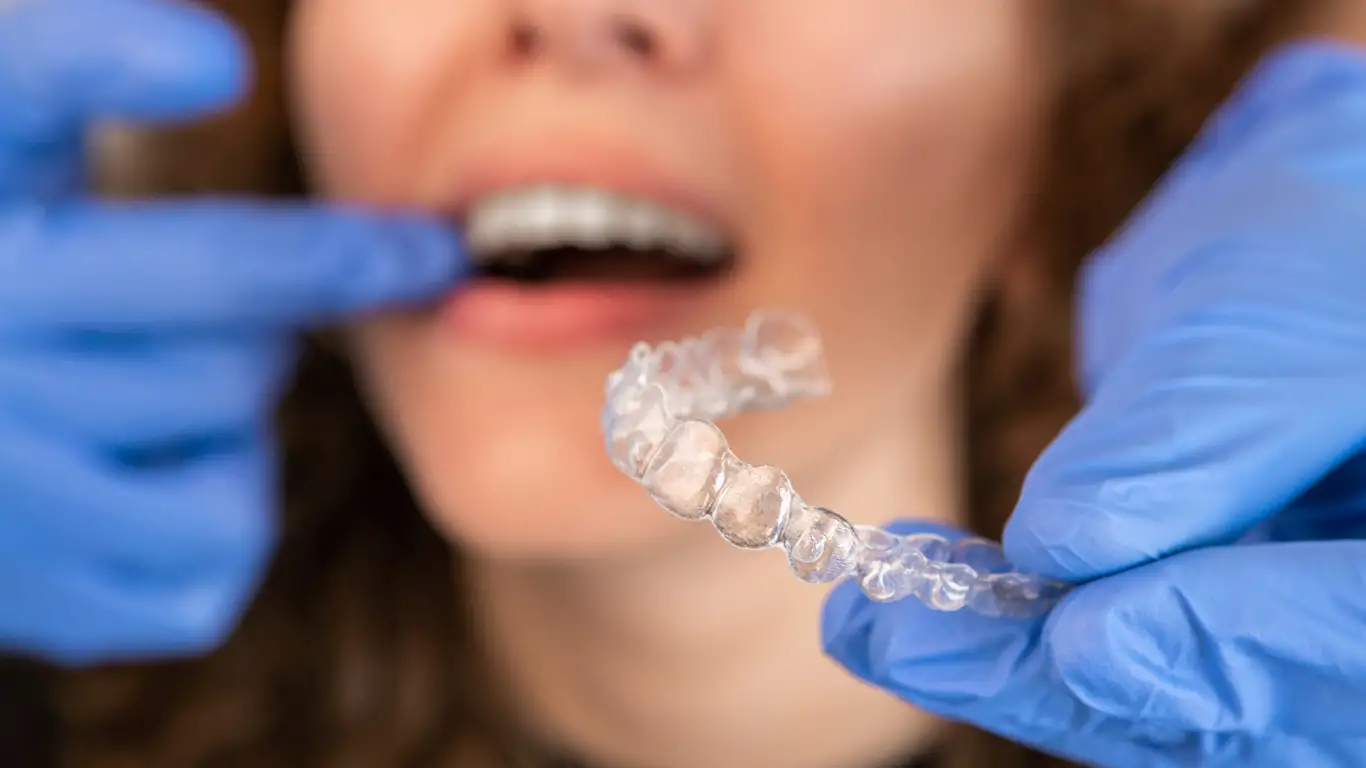Understanding invisible teeth aligners and their benefits
Invisible teeth aligners represent a modern orthodontic solution for those seeking teeth straightening without the visual impact of traditional braces. These clear plastic devices are custom-made to fit snugly over teeth, gradually shifting them into proper alignment over time. Unlike metal braces, they offer a discreet approach to orthodontic treatment that appeals to many adults and teens concerned about appearance during the correction process. Their removable nature and less noticeable presence have made them increasingly popular among those seeking orthodontic treatment in recent years.

How invisible teeth aligners work
Invisible aligners function through a series of custom-made, clear plastic trays that gradually move teeth into proper alignment. The process begins with a comprehensive dental examination, including digital scans or impressions of your teeth. These images create a 3D model of your current dental structure, which orthodontists use to map out a precise treatment plan showing the gradual movement of teeth from their current position to the desired final placement.
Each set of aligners in the series makes slight adjustments to tooth position according to this predetermined plan. Patients typically wear each set for approximately 1-2 weeks before progressing to the next set in the sequence. The aligners apply controlled force to specific teeth at each stage, focusing on different teeth throughout the treatment. Unlike traditional braces that require professional adjustments, patients simply switch to the next set of aligners as scheduled.
For optimal results, invisible aligners should be worn 20-22 hours daily, removed only when eating, drinking anything besides water, or cleaning the teeth and aligners. The entire treatment typically takes between 6-18 months, depending on the complexity of the case and patient compliance with wearing the aligners as directed.
The benefits of invisible teeth aligners
Aesthetics stands as the most obvious advantage of invisible aligners. Their clear, barely noticeable appearance allows users to undergo orthodontic treatment without the self-consciousness that sometimes accompanies traditional metal braces. This feature particularly appeals to professionals, public speakers, and anyone concerned about their appearance during treatment.
Comfort represents another significant benefit of invisible aligners. Without metal brackets and wires that can irritate cheeks and gums, these smooth plastic trays minimize discomfort during the alignment process. The absence of protruding components also means fewer emergency visits for repairs that are common with traditional braces.
The removable nature of invisible aligners offers practical advantages in daily life. Users can take them out to eat, eliminating food restrictions that accompany traditional braces. This removability also facilitates better oral hygiene, as patients can brush and floss normally without navigating around fixed orthodontic hardware. This often results in improved gum health during treatment compared to traditional braces.
Treatment with invisible aligners typically involves fewer office visits than conventional braces. While traditional braces require regular adjustments every 4-6 weeks, aligner patients usually need check-ups only every 6-8 weeks to ensure treatment progresses as planned. Many providers now offer virtual monitoring options, further reducing the number of in-person appointments.
Potential drawbacks to consider
Cost remains a significant consideration for many patients. Invisible aligner treatment typically ranges from $3,000 to $8,000, comparable to or slightly higher than traditional braces. Insurance coverage varies widely, with many dental insurance plans covering orthodontic treatment only partially or excluding adult orthodontics altogether. Some providers offer payment plans to make treatment more accessible.
Compliance requirements present another potential challenge. For optimal results, invisible aligners must be worn 20-22 hours daily. This demands significant discipline from patients, as failure to wear aligners consistently can extend treatment time or compromise results. Unlike fixed braces that work continuously, removable aligners require patient cooperation to be effective.
Not all orthodontic issues can be addressed with invisible aligners. Complex cases involving severe rotations, significant bite problems, or large gaps may require traditional braces or a combination approach. Additionally, attachments—small tooth-colored shapes bonded temporarily to teeth—may be necessary in some cases to achieve specific movements, slightly reducing the “invisible” aspect of treatment.
Treatment time may extend longer than initially projected if patients don’t wear aligners as prescribed or if teeth move differently than anticipated. Some patients also report speech adjustments during the first few days with each new set of aligners, though this typically resolves quickly as they adapt.
| Provider | Approximate Cost Range | Special Features |
|---|---|---|
| Invisalign | $3,000-$8,000 | In-office treatment with regular monitoring, can treat wide range of cases |
| ClearCorrect | $2,500-$5,500 | Phased treatment options, various plan lengths |
| Byte | $1,895-$2,295 | Remote treatment, includes whitening and retainer |
| SmileDirectClub | $1,950-$2,386 | Remote treatment with optional in-person scanning |
| Candid | $3,300-$5,500 | Hybrid model with in-person start and remote monitoring |
Prices, rates, or cost estimates mentioned in this article are based on the latest available information but may change over time. Independent research is advised before making financial decisions.
While considering invisible aligners, patients should consult with orthodontic professionals to determine whether this treatment approach suits their specific needs. Many providers offer free initial consultations to assess candidacy and discuss treatment options. Understanding both the advantages and limitations of invisible aligners helps patients make informed decisions about their orthodontic care. The technology continues to advance, making treatment possible for increasingly complex cases, though traditional orthodontic approaches remain valuable for certain situations.
This article is for informational purposes only and should not be considered medical advice. Please consult a qualified healthcare professional for personalized guidance and treatment.




